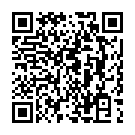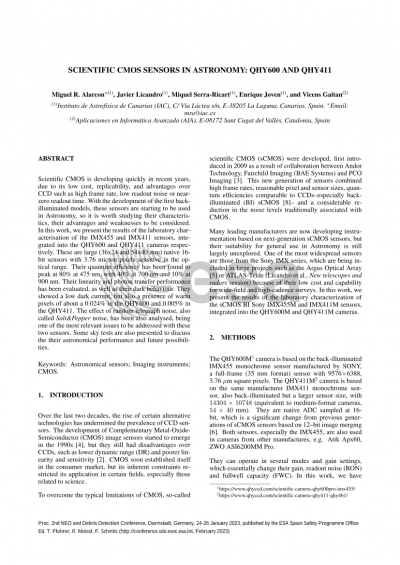Document details

Abstract
With the emergence of so-called scientific CMOS sensors, some of the new high-cadence and cost-limited surveys are considering this technology as a low-cost alternative to the widely used CCDs. These new back-illuminated sensors offer high frame rates with very low readout noise, low dark current at temperatures achievable with thermoelectric cooling and quantum efficiency peak above 80%.
In this work, we present the results of the laboratory characterization of the sCMOS BI Sony IMX455 and IMX411 sensors, integrated into the QHY600 and QHY411 cameras. Quantum efficiency, Photo Transfer Curves, linearity and bias and dark current stability have been evaluated. Other contaminating effects such as glowing, warm pixels and charge persistence have also been reviewed. In addition, the first photometric results obtained on robotic telescopes at the Teide Observatory (Tenerife, Canary Islands) with regular Near Earth Asteroid observations will be presented.
Sixteen QHY600 cameras will be part of the new node of the asteroid impact early warning system ATLAS to be built at the Teide Observatory by the end of 2023 (Licandro et al., submitted abstract). Some insights on the software developed to reduce, calibrate and stack such a large volume of images (16$\times$ 60 Mpx images every 5/30 seconds) will be discussed, as well as the need to develop new GPU-based algorithms for the efficient processing of these images.
Preview







